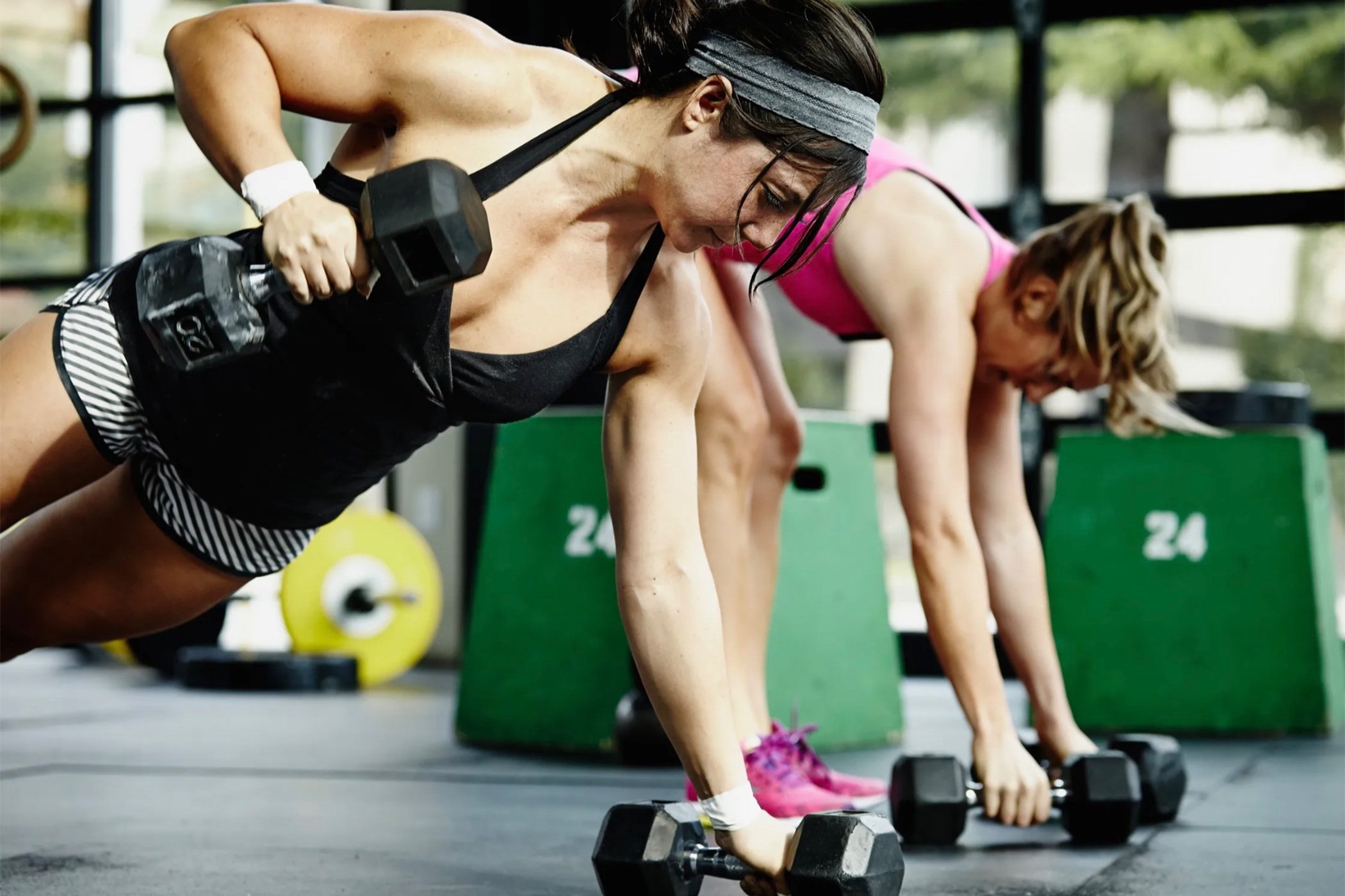What is the Superset Workout?
What is the Superset Workout?
Explaining the Varieties and How To of the “Superset Workout”
Even if you're not a self-professed gym rat, there's a certain allure to knowing your stuff at the gym. Yeah, you can pop in, jog on a treadmill, throw around some dumbbells, and #doyoursquats, but there's something empowering about designing your own workout and knowing exactly why you're doing every single exercise.
Chances are, if you've ever hit up a circuit-style workout class or had a personal training session, you've seen the word "superset" as part of the usual strength training routine. But as common as superset workouts might be, there's still a lot of confusion about what they are and how to do them right.
Conventional weight training is done using “straight sets” - this consists of a series on nonstop repetitions, usually between 6-12, followed by a rest interval of one to three minutes. A superset is an advanced training technique where you perform two exercises in a row with virtually no rest in between exercises. Supersets are an excellent technique for muscular hypertrophy, especially if you are short on time.
For your basic gym-goer, calling these things the broad term of "supersets" will do the job. But if you really want to know what you're talking about, learn the different types of superset workouts and how they can help you achieve even more strength gains.
If you go by the super-specific definition, a true superset (antagonist superset) is when you're doing two exercises that target opposing muscles groups. Think: a biceps curl and a triceps extension. The main perk of adding these to your workout is that your muscles will recover faster in between sets. When one muscle group is being contracted, its functional opposite relaxes, reducing the need of a break or rest time between exercises.
Then there's the compound set (agonist superset) where both exercises work the same muscle groups. Think: a push-up and a dumbbell bench press. These babies are the ones that will target one zone and get it burning, stat. They're particularly useful for adding intensity and volume to a workout as well as focusing on particular muscle groups and is the most demanding type of superset. Some trainers even argue that you shouldn't call these superset workouts at all - just compound sets.
And there are also unrelated supersets, which is where the two exercises use totally different muscles groups. Think: lunges and biceps curls. The primary advantage of this type of superset is that there is no loss of strength in going from one exercise to the other, meaning you can hammer out quality reps of both without feeling super fatigued.
As you can see, many benefits can be gained from including supersets in your training program. Supersets are a proven technique for increasing intensity and bringing up lagging body parts. They also allow you to continue gaining muscle while working around injuries that might be aggravated with heavy weights. And best of all, super setting is a legitimate way to get more results in less time.
——————————————
Kim Duke is a certified personal trainer and owner of Core Performance Fitness and Training, located at 55 Bristol Lane, Ellicottville, NY. Kim resides in Ellicottville where she raised her two sons, Zach and Nik. For more information about her studio visit her Facebook page or www.coreperformancefitness.com. Kim can be reached directly at 716-698-1198.

